Bubble Tea
Showing 225–240 of 352 results
-
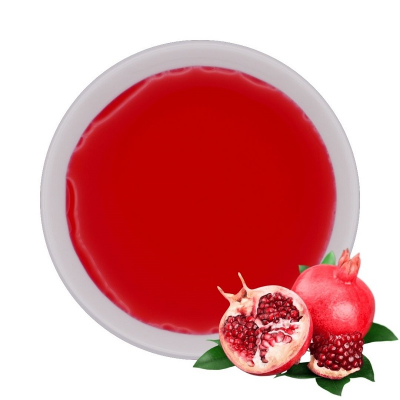
Pomegranate Concentrated Syrup, 2.5kg – Box of 6
£69.00 SKU: 84S228B6Add to cart -

Pomegranate Concentrated Syrup, 2.5kg – Single Unit
£12.11 SKU: 84S228Add to cart -
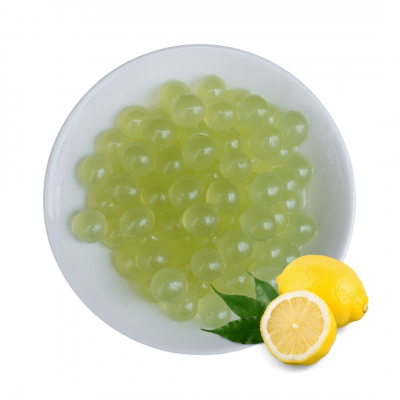
Popping Balls – Lemon 3.4kg Box of 4
£68.40 SKU: 83SP21B4Add to cart -

Popping Balls – Lemon 3.4kg Single Unit
£18.00 SKU: 83SP21Add to cart -

Popping Balls – Pineapple 3.4kg Box of 4
£68.40 SKU: 83SP20B4Add to cart -

Popping Balls – Pineapple 3.4kg Single Unit
£18.00 SKU: 83SP20Add to cart -
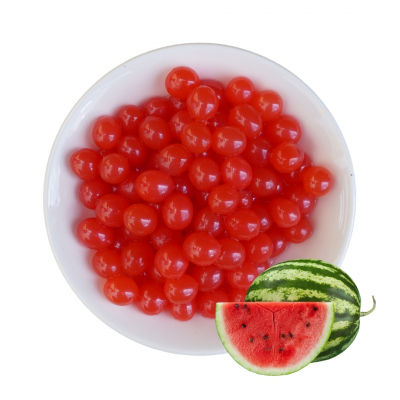
Popping Balls – Watermelon 3.4kg Box of 4
£68.40 SKU: 83SP29B4Add to cart -

Popping Balls – Watermelon 3.4kg Single Unit
£18.00 SKU: 83SP29Add to cart -

Popping Balls – Yoghurt 3.4kg Box of 4
£68.40 SKU: 83SP09B4Add to cart -

Popping Balls – Yoghurt 3.4kg Single Unit
£18.00 SKU: 83SP09Add to cart -
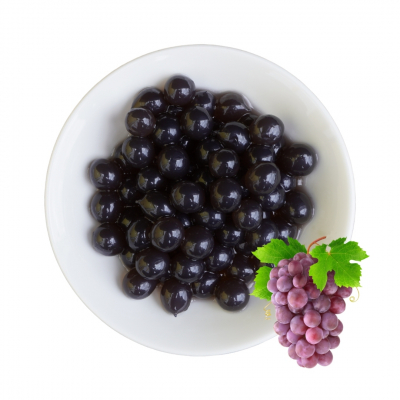
Popping Balls – Grape 3.4kg Single Unit
£18.00 SKU: 83SP28Add to cart -

Popping Balls, Grape, 3.4kg – Box of 4
£68.40 SKU: 83SP28B4Add to cart -
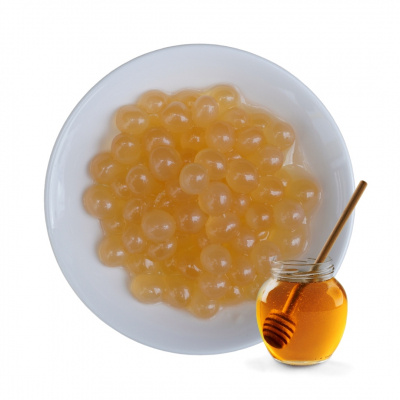
Popping Balls, Honey, 3.4kg – Box of 4
£68.40 SKU: 83SP22B4Add to cart -

Popping Balls, Honey, 3.4kg – Single Unit
£18.00 SKU: 83SP22Add to cart -
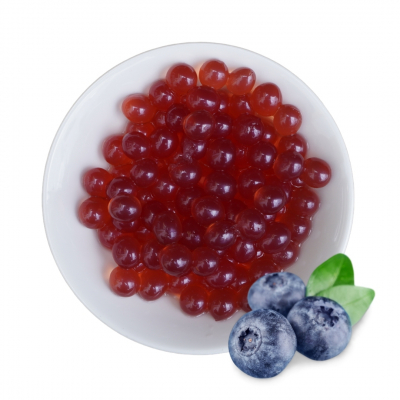
Popping Bobas – Blueberry 3.4kg Box of 4
£68.40 SKU: 83SP06B4Add to cart -

Popping Bobas – Blueberry 3.4kg Single Unit
£18.00 SKU: 83SP06Add to cart
What Is Bubble Tea?
Taiwan’s most popular beverage, Bubble Tea, is a tea-based drink often served with flavourful popping boba, or chewy tapioca pearls. Not only is the sweet drink popular in Taiwan, it also finds its roots in Taiwanese culinary tradition. In fact, Bubble Tea’s origins are traceable precisely, to the 1980s, and a Taichung tea shop called Chun Shui Tang.
In an interview with Taiwan Insider, Chun Shui Tang general manager Angela Liu explains how the iconic beverage was conceived. The name ‘Bubble Tea’ , she explains, came originally from the first iced black tea to be invented in Taiwan in around 1983. The method of chilling the tea, by shaking it with sugar and ice, would leave a layer of frothy foam atop the liquid, hence the observation of ‘bubbles’.
Understanding that any hot tea could be chilled by shaking it with ice, workers experimented with recipes and combinations, inspired by the historical tendency of people to add fruit to their tea for flavour variation. Eventually, one employee added tapioca balls to milk tea, creating what we now know as Bubble Tea, but which was then referred to as tapioca tea.
From that point onwards, Bubble Tea experienced exponential growth, it was reflective of a turning point in Taiwan, and a feeling that society was modernizing. The trend of tea beverages coincided with the rise in popularity of leisure food in the 1980s, as Taiwan experienced economic growth. Milk tea with tapioca balls straddled this transitionary period, elegantly combining traditional Taiwanese artisanal techniques and cultural experiences with a fun modern twist. Taiwanese food historian Tseng Pin Tsang confirms that “Bubble tea is a successful example of recreating a traditional food” and, as such “, has become a symbol of Taiwanese’s self-confidence and identity.”
Today, as a leading bubble tea distributor, Taipec ensures businesses across the UK have access to authentic ingredients sourced directly from Taiwan.
How Is Bubble Tea Prepared?
The evolution of Bubble Tea, then, was rapid. Snowballing from the original milk tea with tapioca ball topping, we see the utilisation of and experimentation with all manner of different tea bases over the years.
Today, a huge range of flavours are available in a much larger variety of forms. Jasmine green tea, for example, is used as the base for fruity teas and mixed with flavoured syrups before being shaken and poured over fruity popping balls. Fruity milk tea powders, such as mango and lychee, are available, too, and popularly paired with brown sugar tapioca pearls. Matcha and Taro have proved to be popular flavour incorporations in their own right, with their distinctive green and purple hues respectively.
As a trusted bubble tea distributor, Taipec provides all the essential ingredients needed to craft these diverse and exciting flavours.
Bubble Tea Toppings
To pair with the varied flavours of the tea bases, there are many toppings to choose from. The traditional tapioca balls are made from tapioca starch, which is derived from cassava root. Naturally translucent in colour, they derive their colour from the brown sugar used to flavour them. White tapioca balls have the same consistency but lack the initial brown sugar taste of brown tapioca pearls and are therefore chosen to impart texture rather than taste.
Though traditional chewy tapioca balls are delicious, Bubble Tea, and fruity varieties in particular, is often garnished with popping balls. These are made with seaweed extract and contain a flavour which is released as they pop in your mouth. Flavours range from coffee and honey to peach, passionfruit, pomegranate, and lychee. Beyond popping boba, fruity garnishes come in jelly forms – such as coconut, grass, or lychee jelly, and mango jelly stars.
Thick, creamy toppings are also popular, added as a final garnish to the top of the drink. Creamy snow powder, for example, which is blended with cream and milk before being poured and offers a unique taste – initially sweet and creamy with a slight savoury aftertaste.
Caramel pudding, too, offers a unique taste and textural experience when added to bubble tea drinks. It is custard-like in flavour but slightly firmer and is particularly delicious in milky teas. To consume any and all of these toppings, it is advisable to utilise a large, sturdy, boba-specific straw in order to guarantee access to both topping and drink in equal measure.
Taipec, as a leading bubble tea distributor, supplies an extensive selection of these toppings to help businesses create authentic and customisable drinks.
The Popularity Of Bubble Tea
Although Bubble Tea originated in Taiwan, it has undoubtedly taken the world by storm and has gained a cult following due to its potential for endless flavour and texture combinations, even becoming an official emoji in November 2020. With a little experimentation, everyone can find a tea combination that appeals to them. Warm or cold, sweetened or reduced sugar, fruity or milky, the opportunity for customization and the diversity of the ingredient pool make the Bubble Tea experience as interactive and engaging as it is delicious.
Bubble tea was initially popularized in other parts of Asia by Taiwanese immigrants and spread from there to Western countries like the USA, Canada, Australia, and those within Europe. In the 1990s, Bubble Tea was especially popular with Asian-American communities in the United States, and since then has continued to grow in popularity. Today, Bubble tea can be found all over the world, with international Bubble tea chains opening branches across multiple countries and continents. Smaller independent shops, too, are popping up with increasing frequency across the globe.
Along with the introduction of bubble tea to different countries has come the development of geographically specific etiquette surrounding its consumption. According to Bubble Tea Hub, it is considered rude in Taiwan to drink bubble tea with your mouth open. In China, the same is true of drinking your bubble tea whilst walking, and in Hong Kong, it is a faux pas to leave your bubble tea unfinished. All over the world, people have embraced bubble tea and made it work within their own cultures. However you like to drink your bubble tea, it is certainly a drink that everyone can enjoy.
As the UK’s leading bubble tea distributor, Taipec plays a key role in bringing this global sensation to businesses across the country, ensuring they have access to high-quality ingredients and products.
